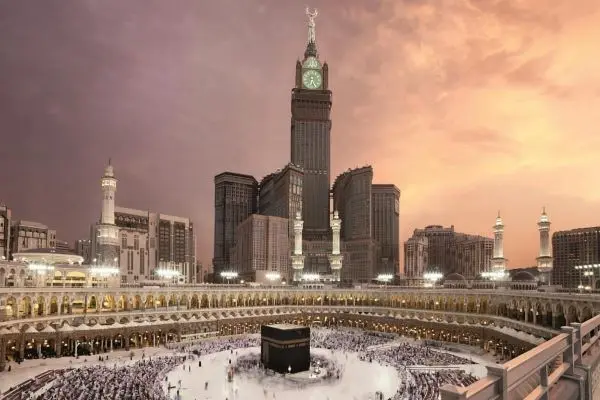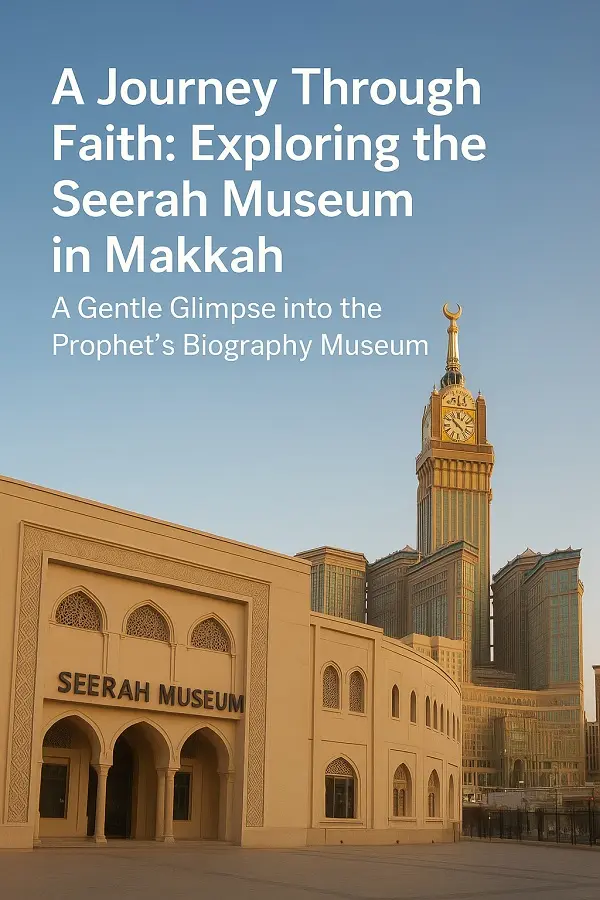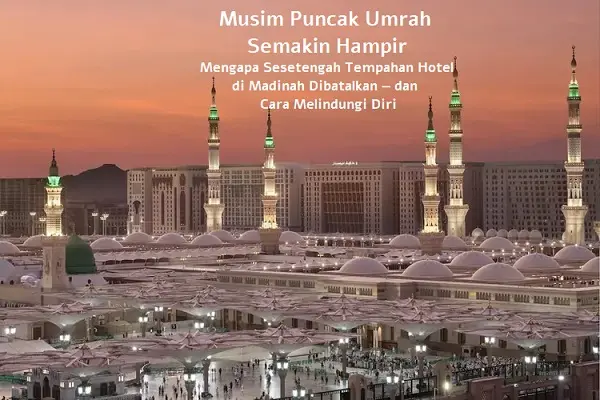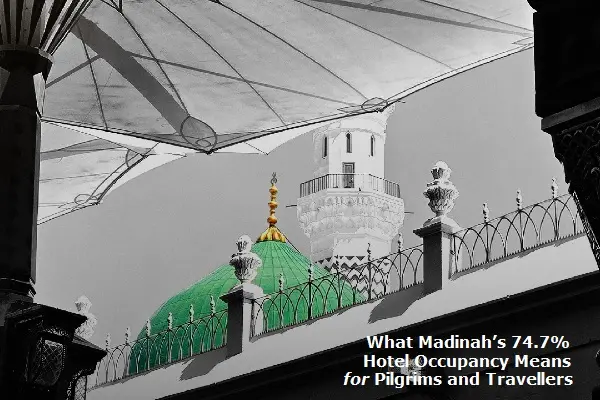Introduction: A Personal Lesson in Humility and Navigation
During my first Umrah many years ago, I learned a valuable lesson in navigation—and humility—while in Madinah. A slight disagreement with a friend about the direction to our hotel from Masjid Nabawi led us to take separate routes. I confidently chose my way, only to find myself circling the mosque endlessly before finally reaching the hotel, exhausted and humbled. My friend, on the other hand, had arrived long before and was already resting.
That humbling experience made me realize how easy it is to get lost in unfamiliar places, especially in sacred locations where every corner may look similar. It also taught me the importance of humility, patience, and preparation.
Today, with the vast expansions at Masjid al-Haram in Makkah, navigating its 176 gates can be even more daunting. Reflecting on my experience at Masjid Nabawi, I offer this guide to help fellow pilgrims navigate Masjid al-Haram with ease, allowing them to focus on their ibadah.
Understanding the Layout of Masjid Al-Haram
Masjid al-Haram is the largest mosque in the world, with its gates strategically placed to provide access to various sections, including the mataf (area around the Kaaba), prayer areas, and upper levels. Familiarizing yourself with these gates is essential for efficient navigation.
Use two fingers to move the map
The Importance of Knowing Your Entry and Exit Points
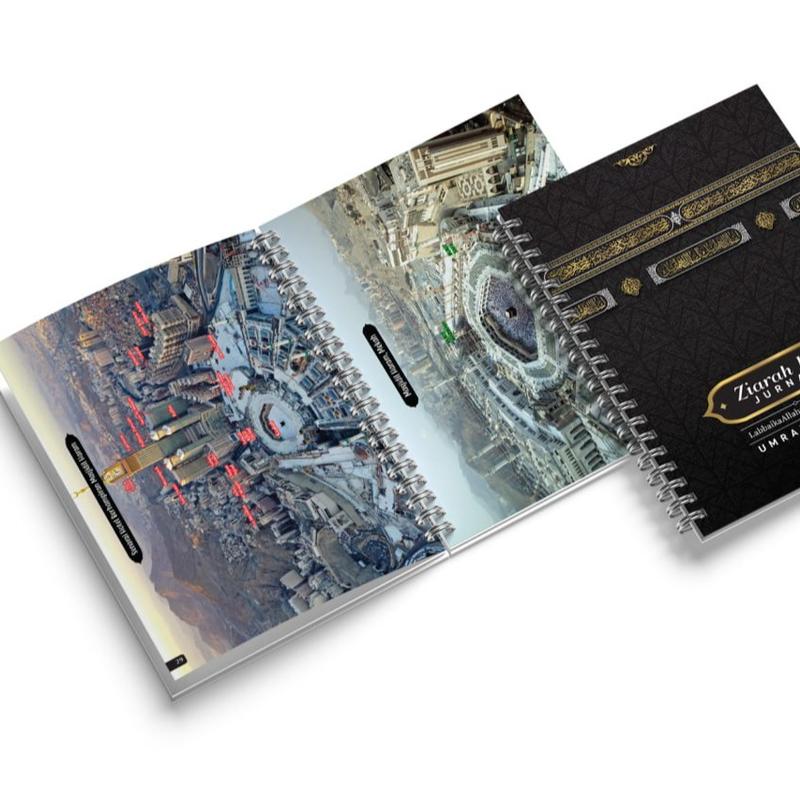
In my story, I learned the hard way how easy it is to lose your sense of direction in large, crowded mosques. At Masjid al-Haram, the stakes are even higher because of its size and the overwhelming number of pilgrims. With 176 gates, it’s crucial to remember the gate you entered from to avoid confusion when exiting. Many gates are marked with numbers and names, and some are associated with specific landmarks, making them easier to identify.
For example:
- King Abdul Aziz Gate (Gate 1): One of the most prominent and frequently used gates, leading directly to the Kaaba.
- Ajyad Gate: A convenient entry for those staying in hotels near the Ajyad area.
- Bab al-Fahad: Another well-known gate located near key accommodations.
Each gate is marked with a name and number, and some are associated with specific landmarks, making it easier to remember them.
Tips for Navigating Masjid al-Haram
Here are some practical tips to help you navigate Masjid al-Haram more effectively:

- Use a Meeting Point:
- Agree on a specific gate or landmark as a meeting point with your group in case you get separated.
- Well-known gates like the King Abdul Aziz Gate make ideal meeting spots.
- Remember Your Entry Gate:
- Note the gate name or number when entering.
- Take a photo of the gate’s signage as a reference.
- Leverage Navigation Apps:
- Apps like Google Maps or Umrah Navigator can help you find your way back to your hotel or entry point.
- Learn the Landmarks:
- Familiarize yourself with major landmarks around Masjid al-Haram, such as the Clock Tower (Abraj al-Bait) or nearby hotels. These landmarks can guide you back to your location.

- Travel in Pairs or Groups:
- If possible, stay with someone familiar with the area or appoint a group leader with strong navigation skills.
- Avoid Overconfidence:
- Stay humble and cautious in your navigation. Overconfidence, as I learned in Madinah, can lead to unnecessary complications.
- Stay Calm If You Get Lost:
- Don’t panic. Look for mosque officials in uniform or head to a major gate like the King Abdul Aziz Gate. Information counters and helpful locals are also available to assist.
A Spiritual Dimension to Navigation
Getting lost in sacred cities like Makkah or Madinah is not just a logistical issue but also a spiritual reminder to stay humble and rely on Allah. Each gate of Masjid al-Haram is not just a passageway; it’s an entry into a space of worship, reflection, and connection with Allah.
Navigating these gates with patience and mindfulness can turn a potentially stressful experience into an opportunity for spiritual growth.
Conclusion
Navigating Masjid al-Haram may seem overwhelming at first, but with preparation and humility, it becomes much easier. From identifying gates to using modern tools like navigation apps and planning meeting points, these small steps ensure your focus remains on worship rather than worry.
Remember, preparation is part of the journey, and humility is key to making the most of your time in the sacred mosque.
May Allah guide your steps, accept your ibadah, and make your journey safe and rewarding. Aamiin.
Leave a comment
Your email address will not be published. Required fields are marked *


